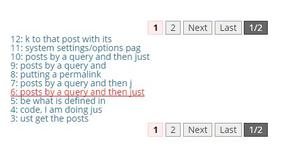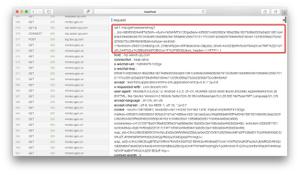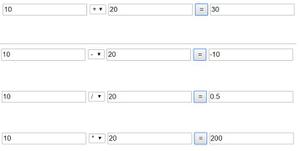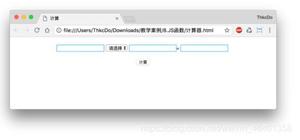如何在Ruby中使用加号(+)运算符连接字符串?
使用加号(+)运算符连接两个或多个字符串是最基本的方法,一旦可以应用它来完成任务。我们还有其他各种方法,但是使用此方法可以使程序更易于理解。
在加号(+)操作者通常用于添加两个整数但它是在字符串对象的情况下覆盖。对于字符串对象,可以在Ruby中使用+运算符添加两个字符串。当使用+运算符时,执行速度不会变慢,因为结果字符串存储在存储它的字符串对象的新内存中。
当您采用这种串联方法时,可以根据需要在右侧和左侧添加字符串对象或字符串,但是其他方法则不然。
您应该遵循给定的语法,以便使用+运算符进行串联。
new_str or old_str = new_str + "str" or str_object
现在,让我们在下面提供的一些支持Ruby代码的帮助下理解这个概念。
范例1:
=beginRuby program to show the implementation
of + operator
=end
puts "Enter any string"
str = gets.chomp
for i in 1..10
str = str + i.to_s
end
puts "The resultant string is : #{str}"
输出结果
Enter any stringRanumondalterimeri
The resultant string is : Ranumondalterimeri12345678910
说明:
在上面的代码中,您可以观察到我们正在使用plus(+)运算符进行字符串连接。我们只是将循环变量连接到旧字符串的右侧。
范例2:
=beginRuby program to show the implementation
of + operator
=end
puts "Enter any string"
str = gets.chomp
new_str = str + "\t" + "Nothing"
puts "The resultant string is : #{new_str}"
输出结果
Enter any stringGita
The resultant string is : Gita Nothing
说明:
在上面的代码中,您可以观察到我们正在使用加号(+)运算符进行字符串连接,但是在这里,不是将结果字符串存储在old_string中,而是将其存储在new_string中,并借助puts()method的帮助,我们正在打印它。
范例3:
=beginRuby program to show the implementation
of + operator
=end
puts "Enter any string"
str = gets.chomp
new_str = "Nothing " + str
puts "The resultant string is : #{new_str}"
输出结果
Enter any stringRanu
The resultant string is : Nothing Ranu
说明:
在上面的代码中,您可以看到我们也可以借助+运算符将字符串或字符串对象添加到左侧。
以上是 如何在Ruby中使用加号(+)运算符连接字符串? 的全部内容, 来源链接: utcz.com/z/315982.html

![如何在Go中将[]byte转换为io.Reader](/wp-content/uploads/thumbs/266064_thumbnail.jpg)







